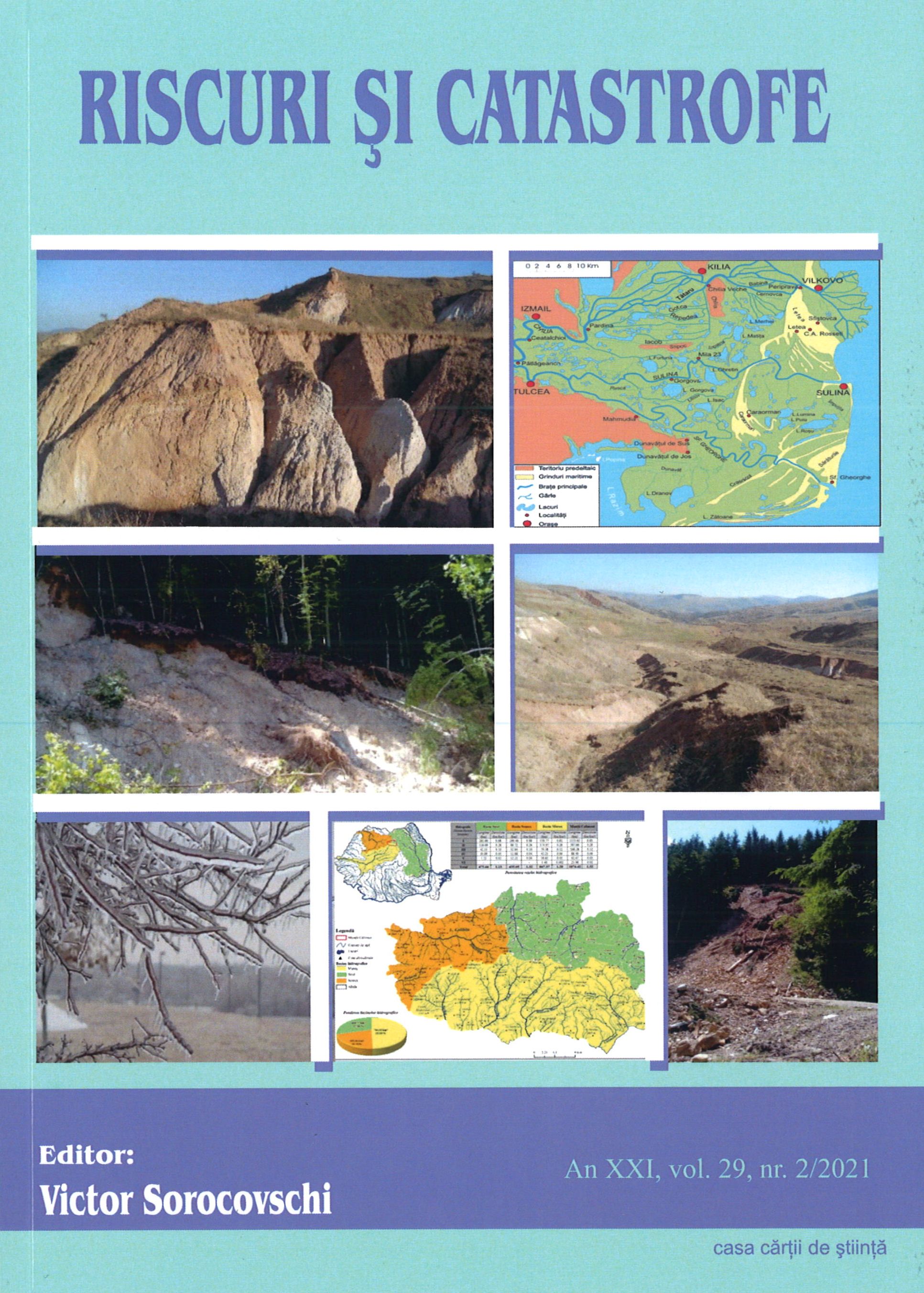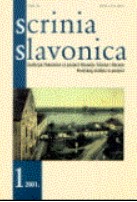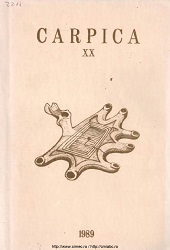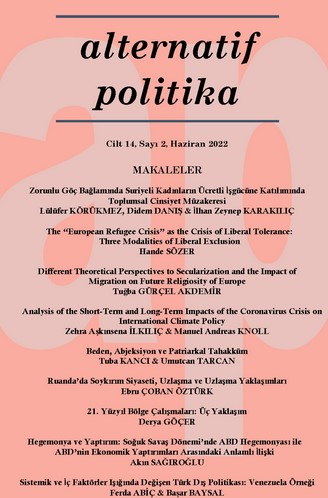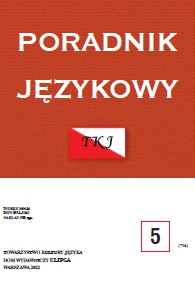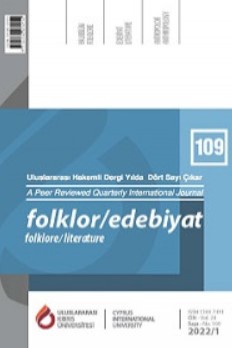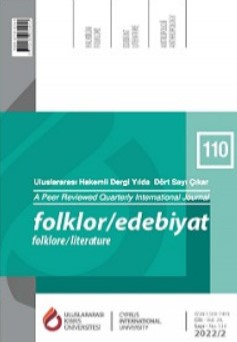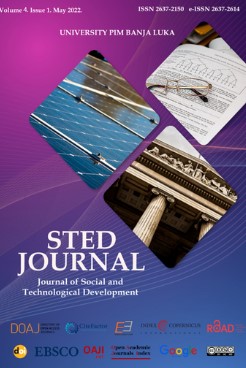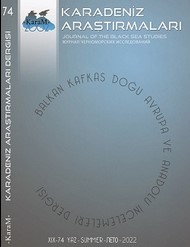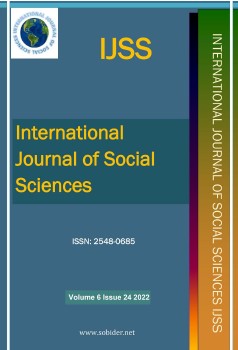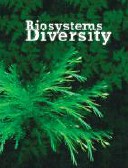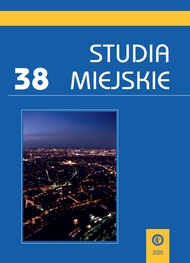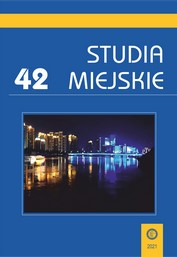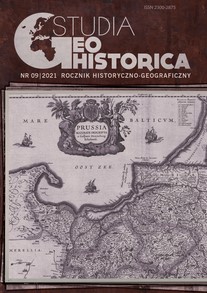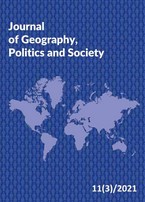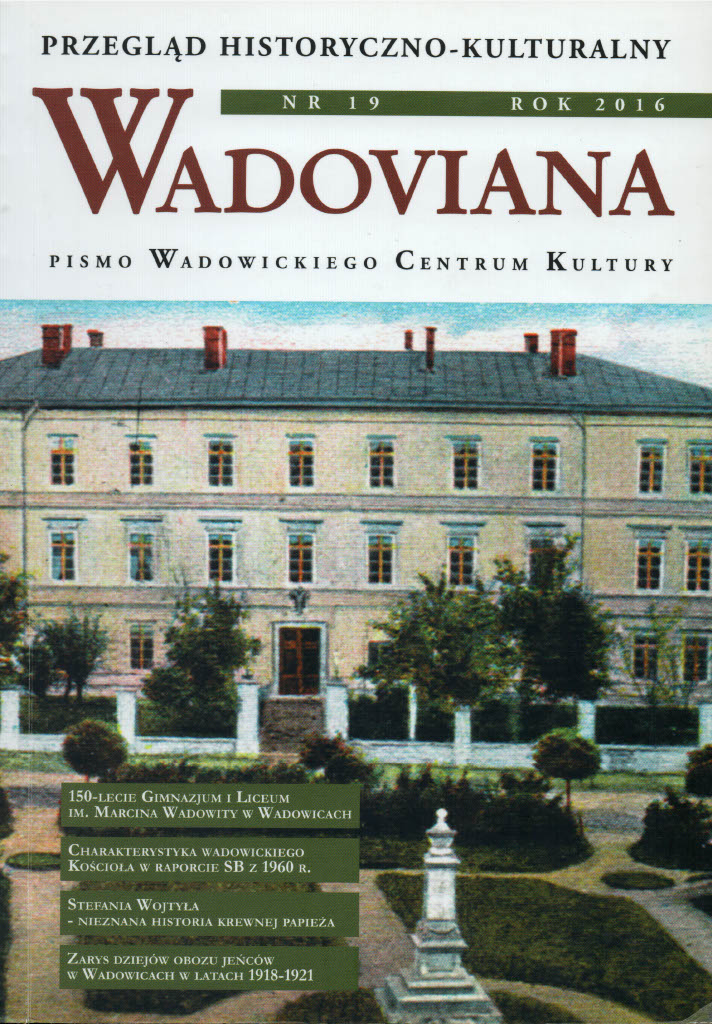
Wpływ młynów wodnych na przekształcenia sieci hydrograficznej Wadowic i okolic
The main goal of the research was to determine the impact of construction, functioning and liquidation of water mills on the hydrographic network of Wadowice and its surroundings. Another indirect purpose was to reconstruct the medieval river network from the period prior to the heyday of milling and indicate the remaining traces of the milling infrastructure. The research was conducted on the basis of analysis of historical sources and archival topographic maps. The origins of development of milling in Wadowice were dependent on the royal privileges. The first of them was issued in the 15th century. The mills in Wadowice were located on rivers Choczenka, Kleczanka and Dąbrówka, as well as on three artificial mill races, but never on river Skawa. The longest mill race began in Świnna Poręba, where it was supplied with water from Skawa. At the foot of Iłowiec, the mill race was supplied from Nawieśnica and Potok Zbywaczowski, whose course was modified. After merging with Dąbrówka, the mill race ran further parallel to Skawa and ultimately flowed to Choczenka. There were between 3 and 5 mills throughout the entire course of the artificial crosscut. Between 1 and 3 mills were situated at the watercourse which supplies the ponds in Wadowice and Tomice. The third mill race, which began in Kleczanka, powered 1 mill and flowed into Skawa after merging with Rokowski Potok. Due to the environmental conditions, the mills in Wadowice did not require construction of ponds. The mills in Wadowice were located on the basis of economic conditions. The natural conditions were not favourable for the functioning of hydraulic machines, which forced the construction and maintenance of artificial riverbeds. Water milling was subsequently liquidated due to the development of steam mills, and ultimately electric mills. In consequence of the decline of water mills, the maintenance works on mill races were abandoned. Some of the watercourses were backfilled, others were transformed into drainage ditches, whereas the mills in the town were included in the sewerage system. The shape of the former river network of Wadowice is now only reflected by few fragments of certain creeks.
More...
